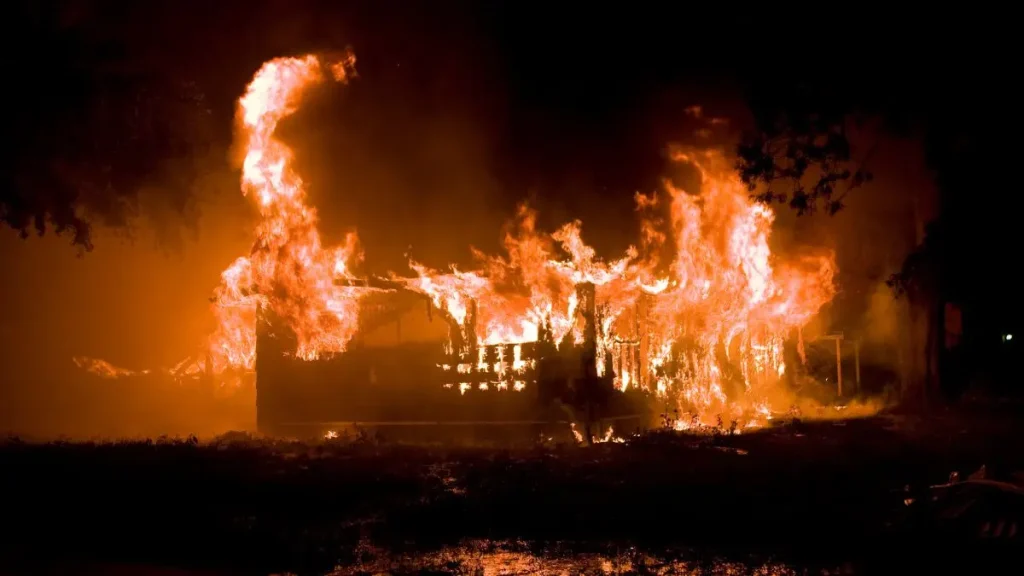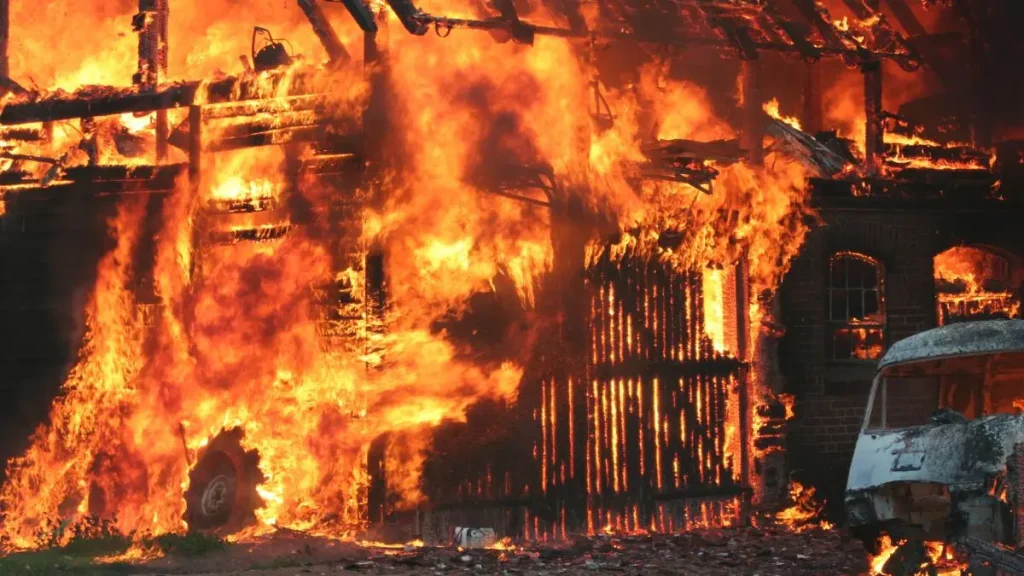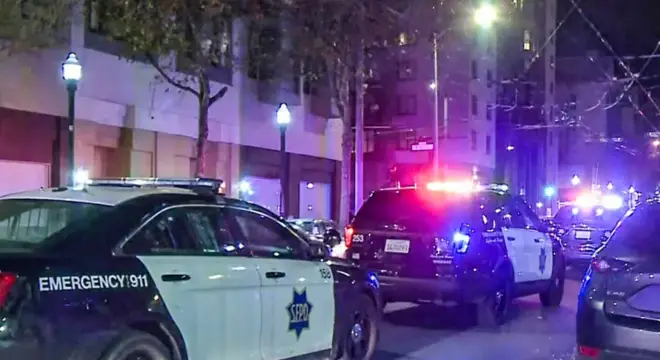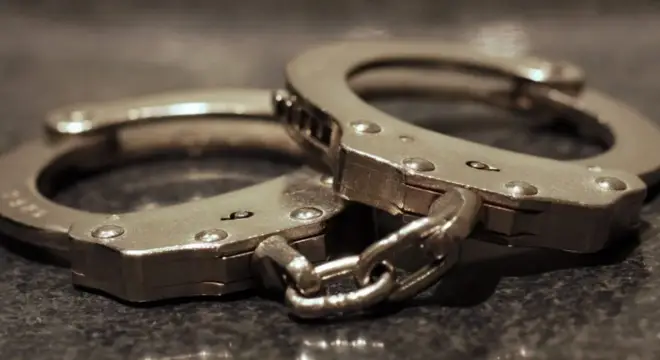Two Homes Destroyed in Shelby County as Fireworks Blow Into Danger
If you live in or around Shelby County, you probably heard the sirens before you saw the headlines.
Two homes caught fire during this year’s Fourth of July celebrations—one in Bartlett, the other in Millington. The timing was no coincidence. In one case, fireworks are being blamed. In the other, they’re not—but the assumptions were quick to fly online.
What actually happened? And why does it matter to you?
I’ve gone through the reports, local statements, and even the Facebook post from the Bartlett Fire Department. Here’s what you need to know—clearly, factually, and without the noise.
One home burned after what looks like a fireworks mishap. The other caught fire for different reasons, yet both unfolded within hours of each other, grabbing attention from news stations and neighbors alike.
Before we jump into timelines and causes, ask yourself this: Do you really know how close your home is to fire risk during the 4th of July?
Keep reading—we’ll break it all down. From facts to fire safety, and what others missed.
What’s your biggest concern around fireworks in your neighborhood? Let me know—I’ll try to cover that too.
Where It Happened: Two Fires, Two Very Different Shelby County Neighborhoods
Let’s make it simple for you—this wasn’t just one fire. Shelby County dealt with two separate incidents on the Fourth of July, and they happened in two different neighborhoods.
I went through the coverage from WLBT to break it down for you:
- The first fire started in Bartlett, near Clairice Cove and Davies Manor Drive.
- The second fire broke out in Millington, on Juana Drive.
Both events happened within hours of each other, but they weren’t connected—and as you’ll see in the next section, they didn’t even share the same cause.
If you live in either of these areas, this hits especially close to home. Whether it’s your street or your city, it’s a reminder that fire doesn’t care about zip codes. It only takes one mistake.
Timeline of the Fires: When Did They Start and How Fast Did Crews Respond?

So, let’s talk timing. Because timing matters in fire incidents, and both of these happened during peak celebration hours.
Here’s what the timeline looks like:
- Bartlett fire: According to police and fire department statements, the flames broke out around 10 p.m. on Friday night—that’s still July 4. Crews were working into the early hours of Saturday morning.
- Millington fire: This one was reported at 5:08 p.m., and crews got there fast. So fast that, according to MFD Public Safety Director Gary Graves, they had it under control by 5:20 p.m.—just 12 minutes after arriving.
As someone who’s covered countless fire stories, I can tell you: that kind of quick response saves homes. Maybe even lives.
But what sparked these fires? That’s where things get interesting—and where a lot of confusion started online.
What Caused the Fires: Fireworks in Millington, But Not in Bartlett
With both fires happening on the Fourth of July, it didn’t take long for speculation to begin. Many assumed fireworks were to blame in both cases, especially given the timing and the holiday’s reputation for fire-related incidents. But that’s only half true.
In Millington, fire officials confirmed that fireworks are believed to be the direct cause of the blaze. The fire started in the attic and led to tens of thousands of dollars in damages. On the other hand, the fire in Bartlett had nothing to do with fireworks at all.
That clarification came directly from the Bartlett Fire Department, which posted to Facebook on Saturday morning—around 8:35 a.m.—to set the record straight.
In a time when misinformation can travel faster than a firetruck, official posts like that help bring clarity and shut down rumors.
Sadly, this isn’t the first time fireworks have turned deadly—even a California man lost his life when a garage explosion triggered by fireworks destroyed his home earlier this year.
Property Damage and Injuries: What Was Lost and What Was Saved
Thankfully, despite the chaos, no injuries were reported in either incident. But that doesn’t mean the damage wasn’t significant. In Millington, the fire resulted in an estimated $50,000 in structural damage, according to the city’s Public Safety Director, Gary Graves.
That number reflects not just the material loss, but the emotional and financial strain placed on the homeowner. Bartlett’s fire damage hasn’t been officially assessed yet, but reports confirm it required a full-scale overnight response.
The emotional toll of watching your home catch fire—on a night that’s supposed to be celebratory—can’t be understated. While no one was hurt, the financial and psychological impact will likely linger.
Incidents like these echo what happened on Chicago’s Northwest Side, where a house fire left a neighborhood shaken as police launched a full investigation.
Firefighter Response: How Crews Stepped Up on the 4th of July
You and I both know—holidays stretch first responders thin. But both fire departments stepped up fast and made sure things didn’t get worse.
In Millington, the fire was already under control just 12 minutes after crews arrived. That kind of speed is rare. Public Safety Director Gary Graves even said the blaze was wrapped up by 5:20 p.m., giving full credit to the team on the ground.
Meanwhile in Bartlett, the fire dragged into the early morning hours. But again, no injuries and no reported spread to neighboring homes.
And here’s the thing—these crews were working while you and I were enjoying fireworks, grilling, or watching a parade. That deserves acknowledgment.
So the next time you hear a siren in the distance, remember this: those are the people keeping our homes from becoming headlines.
And like the recent Baltimore County house explosion that displaced a family of three, it’s the speed of the emergency response that often determines how bad things get.
Fireworks Safety at Home: What You Can Learn from These Fires

I get it—fireworks feel like tradition. But after reading about Millington’s $50,000 attic fire, it’s worth asking:
Is your celebration worth the risk?
Here’s what you can do to stay safe next year:
- Always light fireworks away from your house, trees, or dry grass.
- Keep a bucket of water or hose nearby (most people forget this).
- Never let kids handle fireworks without close adult supervision.
- Don’t relight “duds” that don’t go off—let them sit for at least 15–20 minutes before soaking them.
- Know your local laws—in Shelby County, certain fireworks are not allowed without a permit, as pointed out by PIO Brent Perkins in previous county statements.
Check your city’s fire department Facebook page around holidays. In Bartlett, they posted safety tips before July 4th.
Have you or your neighbors ever faced a fire scare during the holidays? Drop your thoughts or tips in the comments—we’re listening.
What You Can Do Next: Stay Safe, Stay Ready, Stay Smart
So, now that you know what happened—and what could happen—what can you do about it?
Here’s what I suggest:
- Skip backyard fireworks unless your area allows it and you have proper safety in place.
- Go to public shows instead—they’re safer, and honestly, more fun.
- Talk to your neighbors before holidays. Share safety tips in your building WhatsApp group or Facebook neighborhood group.
- Support your local fire department—share their posts, donate if you can, or just say thanks.
- Keep a fire extinguisher at home—not just for fireworks, but anytime.
Every 4th of July, you get to choose—celebrate smart or risk becoming the next headline.
Final Thoughts
The Fourth of July is about freedom, family, and fireworks—but in Shelby County, it nearly turned into tragedy for two households.
As one fire shows, just a spark can cost tens of thousands. And as the other proves, not every flame is caused by fireworks, even if everyone assumes so.
So next year, light up the sky—but don’t burn down your block. Safety isn’t optional. It’s part of the celebration.
Want more real stories like this? Browse our latest home safety reports and neighborhood fire alerts over on Build Like New.
Disclaimer: This article is based on publicly available reports and statements. No legal or insurance advice is intended—please consult professionals for case-specific guidance. All fire department quotes, data, and social media references have been credited to their respective sources.


